Murugappan Murugappan
Entropy-based machine learning model for diagnosis and monitoring of Parkinson's Disease in smart IoT environment
Aug 28, 2023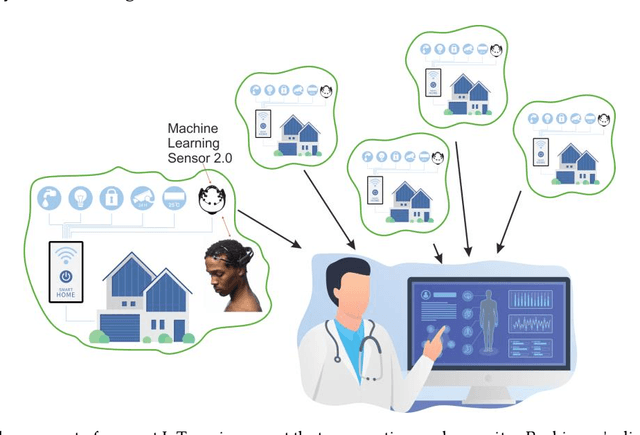
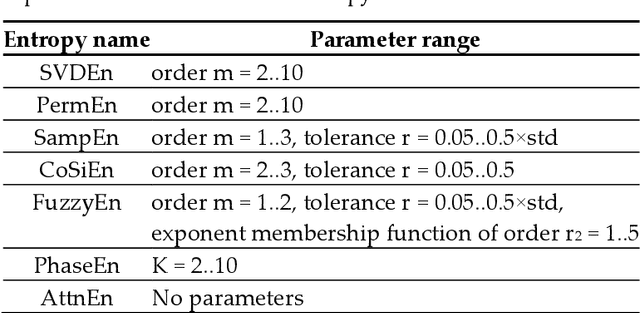
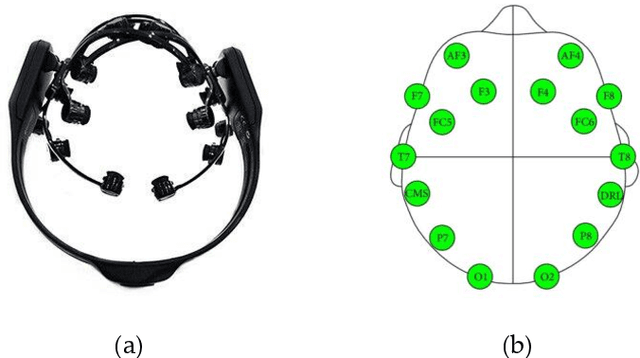
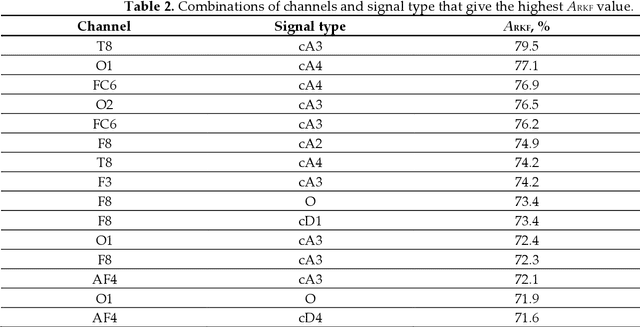
Abstract:The study presents the concept of a computationally efficient machine learning (ML) model for diagnosing and monitoring Parkinson's disease (PD) in an Internet of Things (IoT) environment using rest-state EEG signals (rs-EEG). We computed different types of entropy from EEG signals and found that Fuzzy Entropy performed the best in diagnosing and monitoring PD using rs-EEG. We also investigated different combinations of signal frequency ranges and EEG channels to accurately diagnose PD. Finally, with a fewer number of features (11 features), we achieved a maximum classification accuracy (ARKF) of ~99.9%. The most prominent frequency range of EEG signals has been identified, and we have found that high classification accuracy depends on low-frequency signal components (0-4 Hz). Moreover, the most informative signals were mainly received from the right hemisphere of the head (F8, P8, T8, FC6). Furthermore, we assessed the accuracy of the diagnosis of PD using three different lengths of EEG data (150-1000 samples). Because the computational complexity is reduced by reducing the input data. As a result, we have achieved a maximum mean accuracy of 99.9% for a sample length (LEEG) of 1000 (~7.8 seconds), 98.2% with a LEEG of 800 (~6.2 seconds), and 79.3% for LEEG = 150 (~1.2 seconds). By reducing the number of features and segment lengths, the computational cost of classification can be reduced. Lower-performance smart ML sensors can be used in IoT environments for enhances human resilience to PD.
Neural Network Entropy (NNetEn): EEG Signals and Chaotic Time Series Separation by Entropy Features, Python Package for NNetEn Calculation
Mar 31, 2023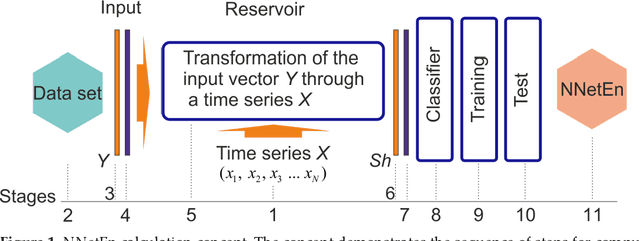
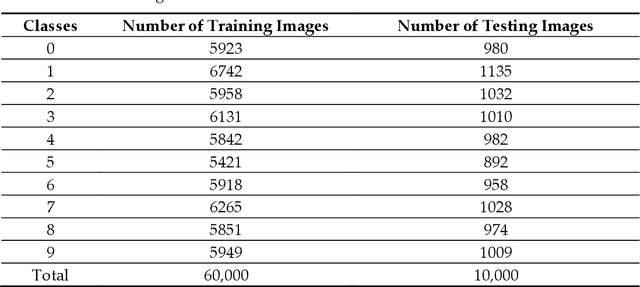
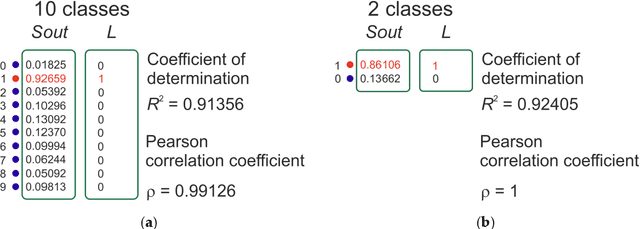

Abstract:Entropy measures are effective features for time series classification problems. Traditional entropy measures, such as Shannon entropy, use probability distribution function. However, for the effective separation of time series, new entropy estimation methods are required to characterize the chaotic dynamic of the system. Our concept of Neural Network Entropy (NNetEn) is based on the classification of special datasets (MNIST-10 and SARS-CoV-2-RBV1) in relation to the entropy of the time series recorded in the reservoir of the LogNNet neural network. NNetEn estimates the chaotic dynamics of time series in an original way. Based on the NNetEn algorithm, we propose two new classification metrics: R2 Efficiency and Pearson Efficiency. The efficiency of NNetEn is verified on separation of two chaotic time series of sine mapping using dispersion analysis (ANOVA). For two close dynamic time series (r = 1.1918 and r = 1.2243), the F-ratio has reached the value of 124 and reflects high efficiency of the introduced method in classification problems. The EEG signal classification for healthy persons and patients with Alzheimer disease illustrates the practical application of the NNetEn features. Our computations demonstrate the synergistic effect of increasing classification accuracy when applying traditional entropy measures and the NNetEn concept conjointly. An implementation of the algorithms in Python is presented.
Automated Parkinson's Disease Detection and Affective Analysis from Emotional EEG Signals
Feb 21, 2022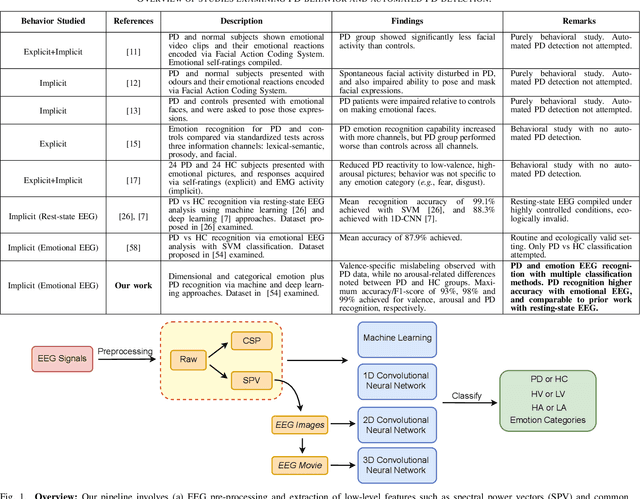
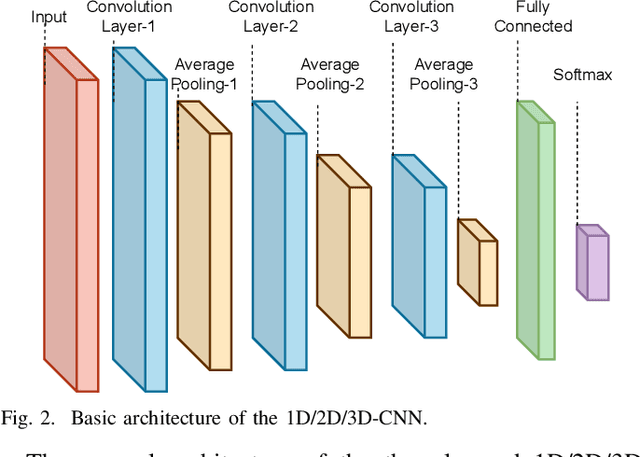
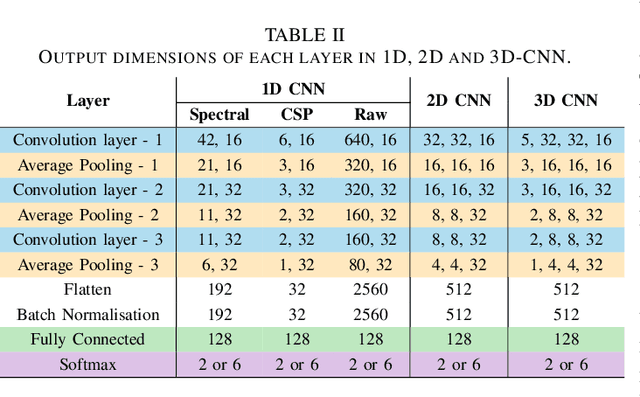
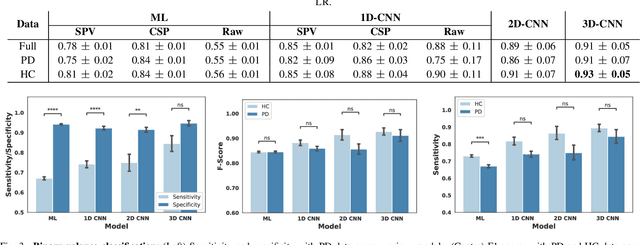
Abstract:While Parkinson's disease (PD) is typically characterized by motor disorder, there is evidence of diminished emotion perception in PD patients. This study examines the utility of affective Electroencephalography (EEG) signals to understand emotional differences between PD vs Healthy Controls (HC), and for automated PD detection. Employing traditional machine learning and deep learning methods, we explore (a) dimensional and categorical emotion recognition, and (b) PD vs HC classification from emotional EEG signals. Our results reveal that PD patients comprehend arousal better than valence, and amongst emotion categories, \textit{fear}, \textit{disgust} and \textit{surprise} less accurately, and \textit{sadness} most accurately. Mislabeling analyses confirm confounds among opposite-valence emotions with PD data. Emotional EEG responses also achieve near-perfect PD vs HC recognition. {Cumulatively, our study demonstrates that (a) examining \textit{implicit} responses alone enables (i) discovery of valence-related impairments in PD patients, and (ii) differentiation of PD from HC, and (b) emotional EEG analysis is an ecologically-valid, effective, facile and sustainable tool for PD diagnosis vis-\'a-vis self reports, expert assessments and resting-state analysis.}
 Add to Chrome
Add to Chrome Add to Firefox
Add to Firefox Add to Edge
Add to Edge